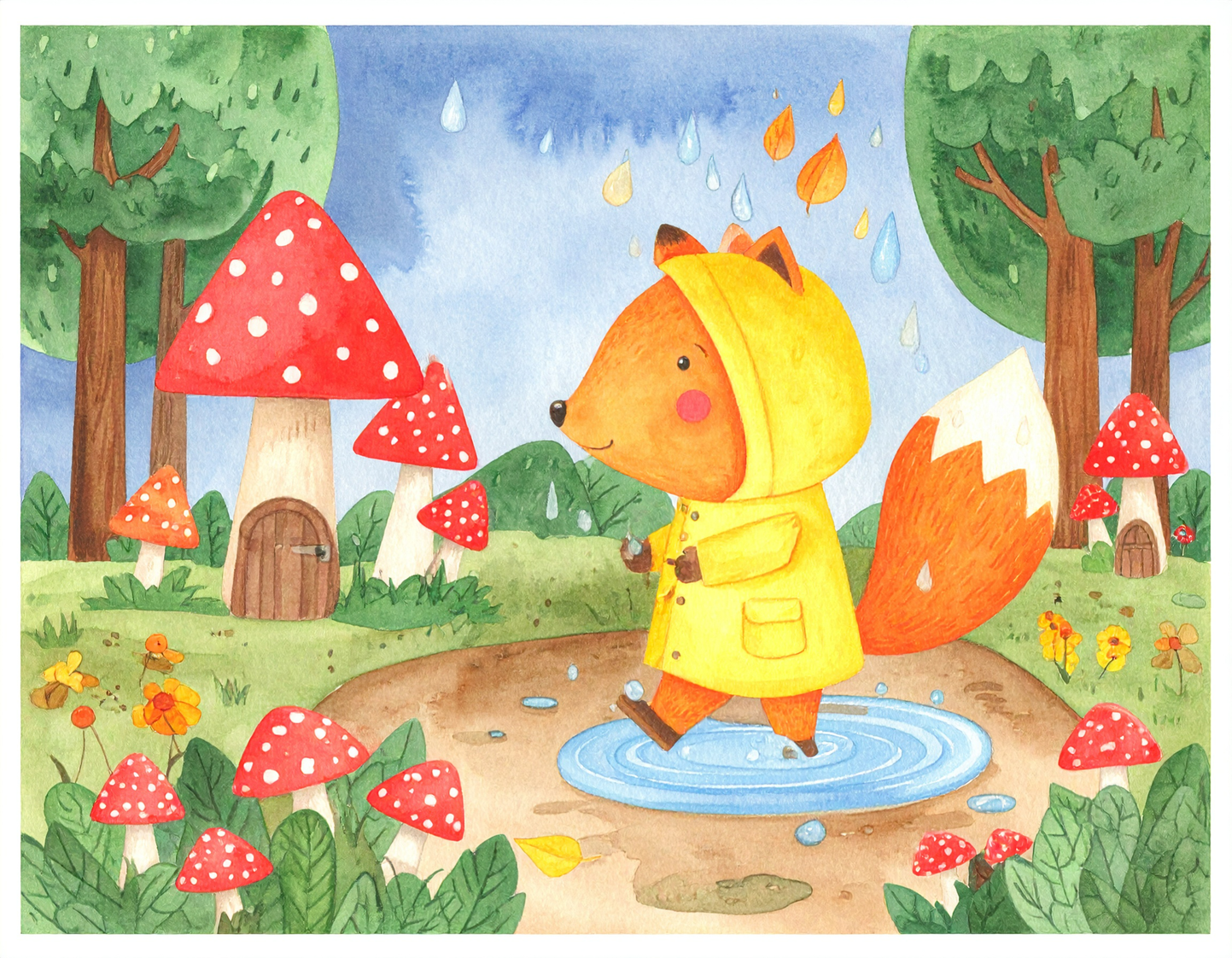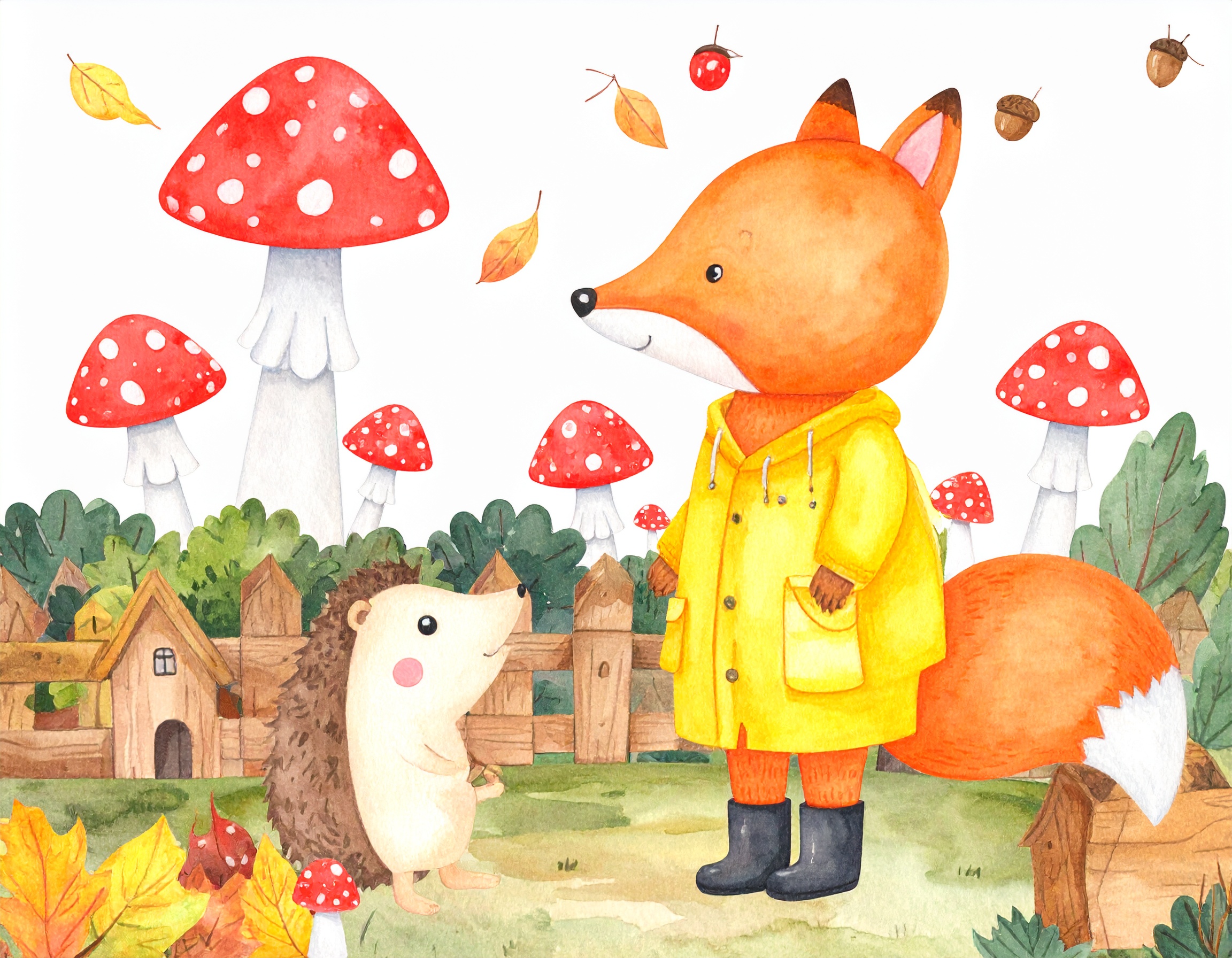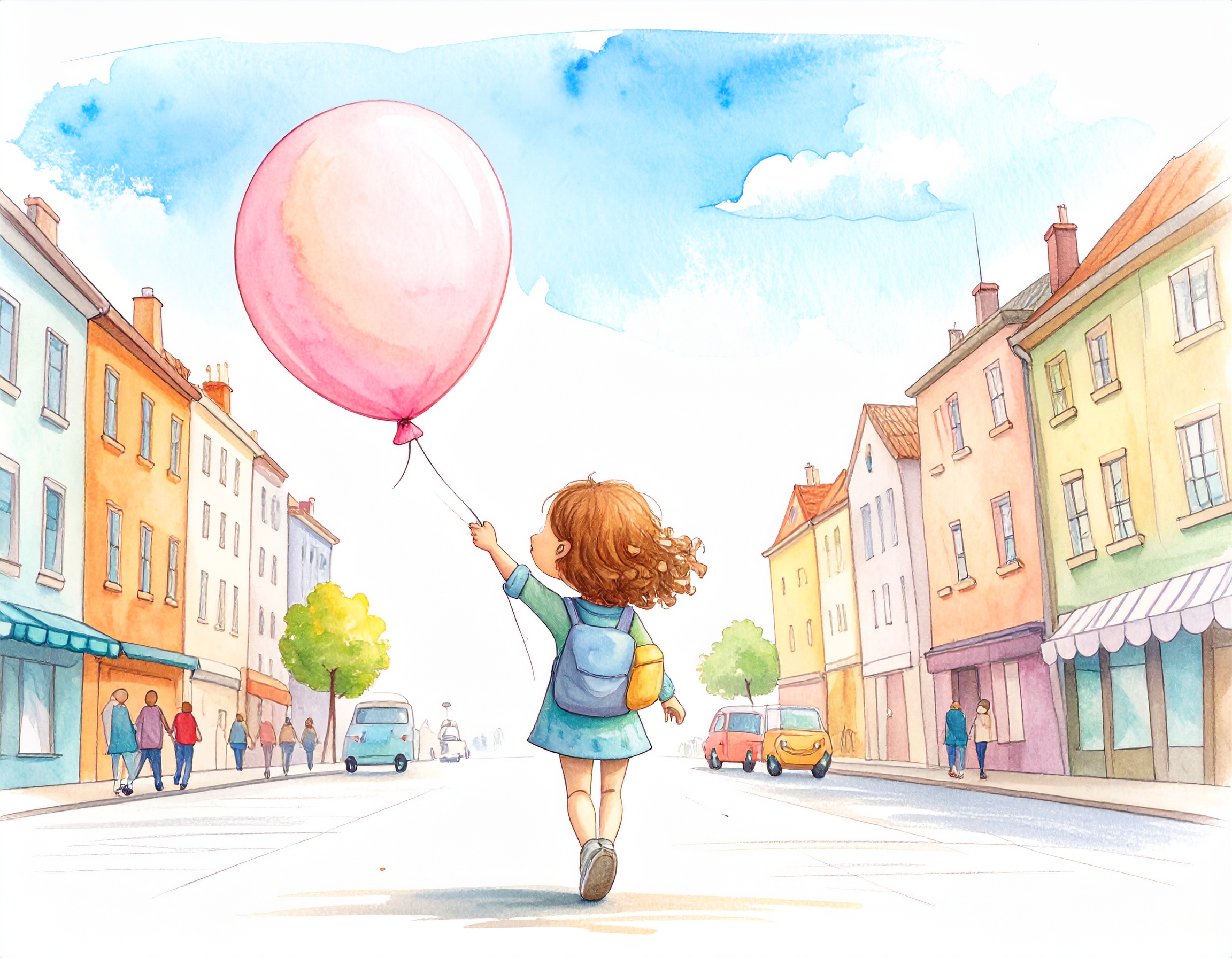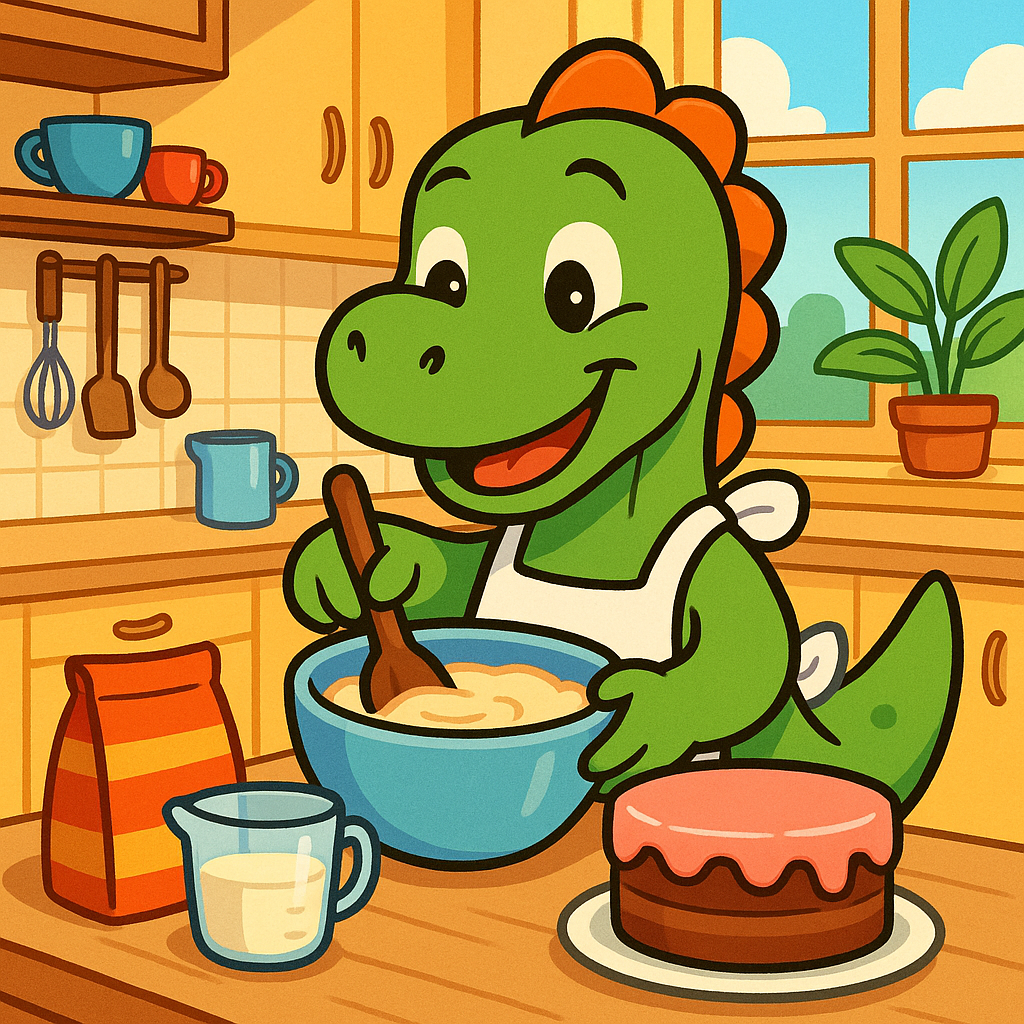AI as Your Picture Book Illustrator

For generations, writing a children’s picture book has been a dream carried in the hearts of many. Yet for most aspiring authors, that dream stalled at the same roadblock: illustration.
Hiring a professional artist was expensive. Learning to draw was unrealistic. And without pictures, the story stayed locked in a notebook or tucked away on a hard drive.
That’s changing. With AI, you don’t need to be an illustrator to bring your story to life. Today, AI can be your picture book partner, helping you transform words into vibrant pages and making publishing accessible to anyone.
The Traditional Roadblock — Why Illustration Was So Hard
Creating a picture book has always been a two-part challenge: words and art. The writing was achievable for most, but the illustrations? That was the hurdle.
Cost: A professional illustrator often charges $3,000–$10,000+ for a 24–32 page book.
Time: Commissioned artwork takes months, with multiple rounds of revisions.
Barrier: Many non-artists never got their books made because the illustration step felt impossible.
The result? Countless stories never left the desk drawer.
AI as Your Creative Partner
AI has rewritten the economics of picture book publishing. What once required a team and a budget can now be done by a single author with the right tools.
In 2025, creators have access to powerful, user-friendly AI tools:
- MidJourney v6 – stylised, painterly illustrations.
- DALL·E 3 / 4 (via ChatGPT) – excellent at following detailed prompts and maintaining character consistency.
- Stable Diffusion XL – open-source with community-trained children’s book models.
- Adobe Firefly – integrates into Photoshop and Illustrator, with commercial-use licensing built in.
Instead of replacing creativity, these tools shift your role. You remain the director — shaping prompts, choosing styles, and refining outputs — while AI handles the heavy lifting.
Real-World Success Stories
AI picture books are no longer just experiments — they’re real projects making an impact.
Alice and Sparkle (2022): An early AI-illustrated book that made headlines and sparked debate about AI’s role in publishing.
Zara’s Dream Garden (2024): Created by a non-artist mom using DALL·E and Canva. Within a year, it sold over 5,000 copies through Amazon KDP, demonstrating that everyday authors can achieve success.
The Curious Adventures of Pixel the Cat (2025): Produced with MidJourney v6 and Firefly, this indie project was praised by publishing blogs for achieving professional-quality visuals without the use of a traditional illustrator.
Hybrid Illustration: Even professional illustrators are adopting AI to speed up their process by using it for backgrounds, colour testing, or variations. This suggests that AI isn’t replacing art, but rather augmenting it.
The New Authorial Role — Beyond Just Writing
AI doesn’t remove the need for creativity.
Authors are no longer just writers; they’re creative directors. Your job is to:
- Define the style and tone of your illustrations.
- Refine prompts to ensure characters look consistent across pages.
- Curate and edit outputs until they reflect your vision.
In short, AI is the assistant and illustrator while you’re still the author steering the story.
First Steps with AI Picture Books
If you’re intrigued, the best way to begin is with a simple, structured process:
- Write your story. Focus on narrative, pacing, and originality.
- Experiment with prompts. Start with one character or scene until you find a look you like.
- Use AI tools. Try MidJourney, DALL·E, or Firefly to bring your prompts to life.
- Refine and assemble. Edit your images, design the layout in Canva or InDesign, and publish via Amazon KDP or other platforms.
Sample Prompts to Try:
Same chubby orange fox wearing a yellow raincoat, talking to a small hedgehog in a cosy forest clearing with tiny mushroom houses, watercolour style.

A little girl holding a balloon while walking through a bustling city street, illustrated in soft pastel colours with pencil outlines.

A friendly dinosaur baking a cake in a bright kitchen, cartoon style with bold outlines and cheerful colours.

FAQ — Common Questions About AI Picture Books
Q: Can I create a whole children’s book with AI if I can’t draw?
A: Yes. Many authors in 2024–25 have published full books using only AI tools, with minimal editing afterwards.
Q: What are the best AI tools for illustrating picture books in 2025?
A: MidJourney v6, DALL·E 3 / 4 (via ChatGPT), Stable Diffusion XL, and Adobe Firefly are the most widely used.
Q: Do I need to hire an illustrator if I use AI for my book?
A: Not necessarily. Many authors create complete books themselves. But hiring an illustrator (or editor) can still add polish.
Q: How much does it cost to make a picture book with AI compared to traditional illustration?
A: Traditional illustration: $3,000–$10,000+. AI-assisted: often under $100 (tools + design software).
Q: Is it legal to sell a book with AI-generated illustrations?
A: Yes, but copyright law is unsettled. In the U.S., the Copyright Office doesn’t grant copyright to purely AI-generated works. To protect your work, add meaningful human input and seek legal advice before publishing commercially.
Q: How do I make sure my AI illustrations look consistent across the whole book?
A: Refine your prompts and keep a “prompt library” to reuse exact phrasing. Some tools now support character consistency features.
Q: Can AI help me with writing the story, not just the pictures?
A: Yes. LLMs like ChatGPT can brainstorm plots, suggest dialogue, or refine your prose, but your creative vision remains the most crucial factor.
Q: Will readers or publishers accept AI-illustrated books?
A: Acceptance is growing. The key is quality. If the story and art feel authentic, readers respond regardless of the tools used.
Q: How do I add my creative style so the book doesn’t feel generic?
A: Iterate on prompts, edit outputs, and infuse your unique storytelling voice. AI is a tool; your direction gives the book its soul.
Q: What first steps should I take if I want to try making a picture book with AI?
A: Start small: create one character or scene, then expand from there. Test prompts, experiment, and learn through practice.
Key Takeaways
- Traditional illustration was expensive, slow, and discouraging for non-artists.
- AI has made picture book creation fast, affordable, and accessible.
- Authors now play multiple roles: writer, director, editor.
- AI isn’t replacing creativity; it’s amplifying it.
Conclusion
The most challenging part of creating a picture book has always been the illustration. AI has changed that.
With today’s tools, anyone can bring a story to life, even if you’ve never picked up a paintbrush. The dream of publishing a children’s book no longer belongs only to trained artists. It belongs to anyone with a story to tell.
👉 Ready to take the next step? Subscribe to The Intelligent Playbook for practical guides, prompts, and insights that help you turn imagination into published reality.